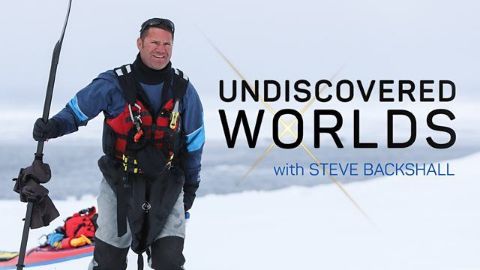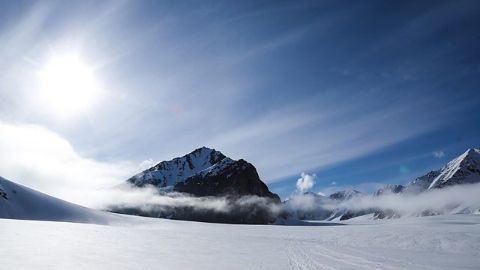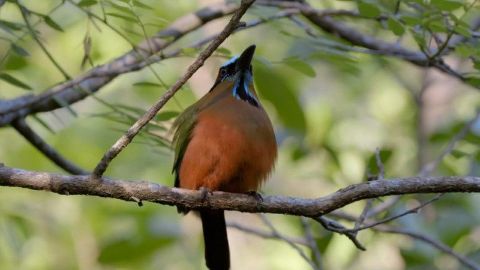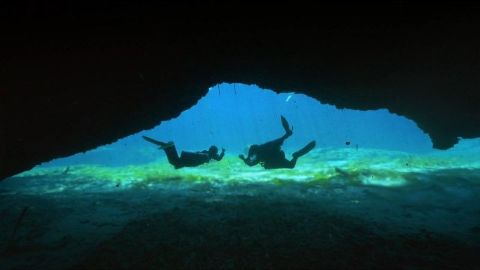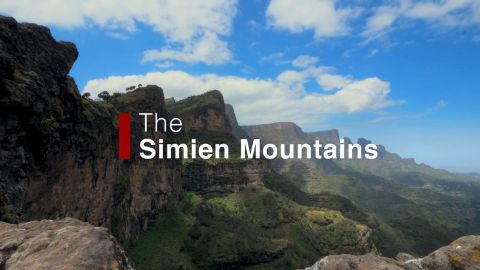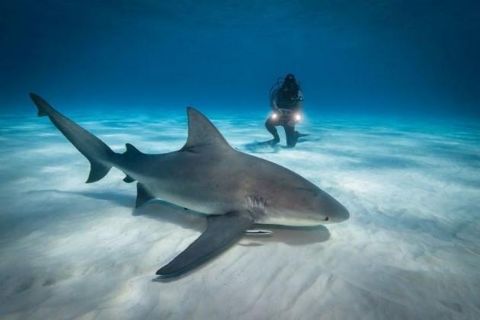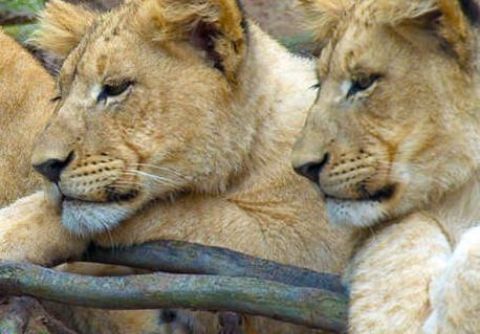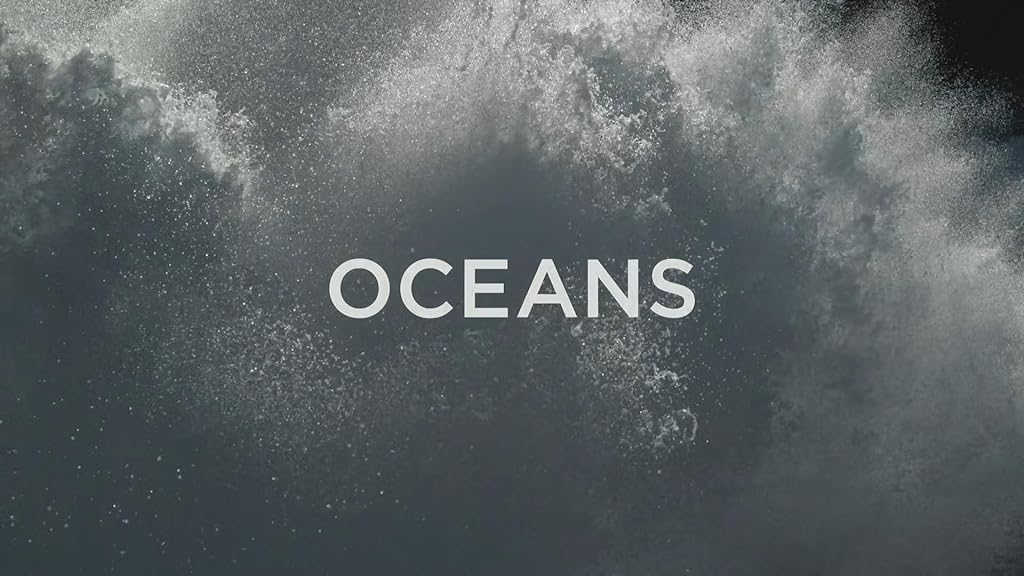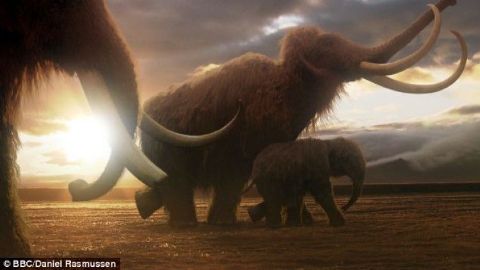Mexico Part I • 2019 • Undiscovered Worlds with Steve Backshall
Steve Backshall leads a team of elite explorers - including world leading underwater cave explorer Robbie Schmittner, former Royal Marine Aldo Kane and diving camera operator Katy Fraser - into the wilds of the Yucatan Peninsula in Mexico. Under the vast jungle here is the largest unexplored network of caves in the world, comprising thousands of kilometres of passageways. They are stunningly beautiful but incredibly dangerous - much of the system is under water. First the team must trek through tough, scorpion-infested jungle to camp alongside a giant sinkhole in the jungle floor - a dark gateway to an underworld full of nightmarish creatures.
Make a donation
Buy a brother a hot coffee? Or a cold beer?
Hope you're finding these documentaries fascinating and eye-opening. It's just me, working hard behind the scenes to bring you this enriching content.
Running and maintaining a website like this takes time and resources. That's why I'm reaching out to you. If you appreciate what I do and would like to support my efforts, would you consider "buying me a coffee"?
Donation addresses
BTC: bc1q8ldskxh4x9qnddhcrgcun8rtvddeldm2a07r2v
ETH: 0x5CCAAA1afc5c5D814129d99277dDb5A979672116
With your donation through , you can show your appreciation and help me keep this project going. Every contribution, no matter how small, makes a significant impact. It goes directly towards covering server costs.
